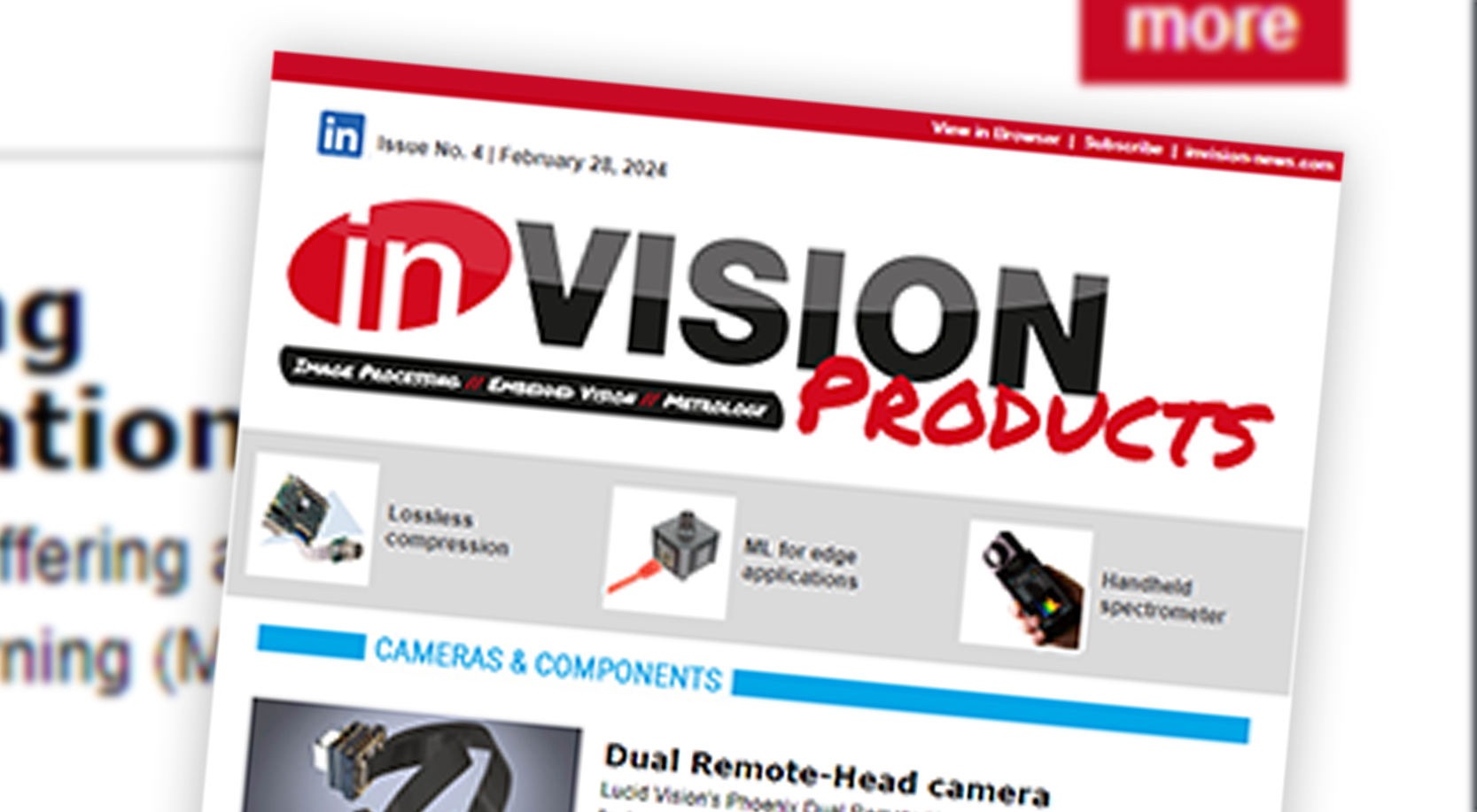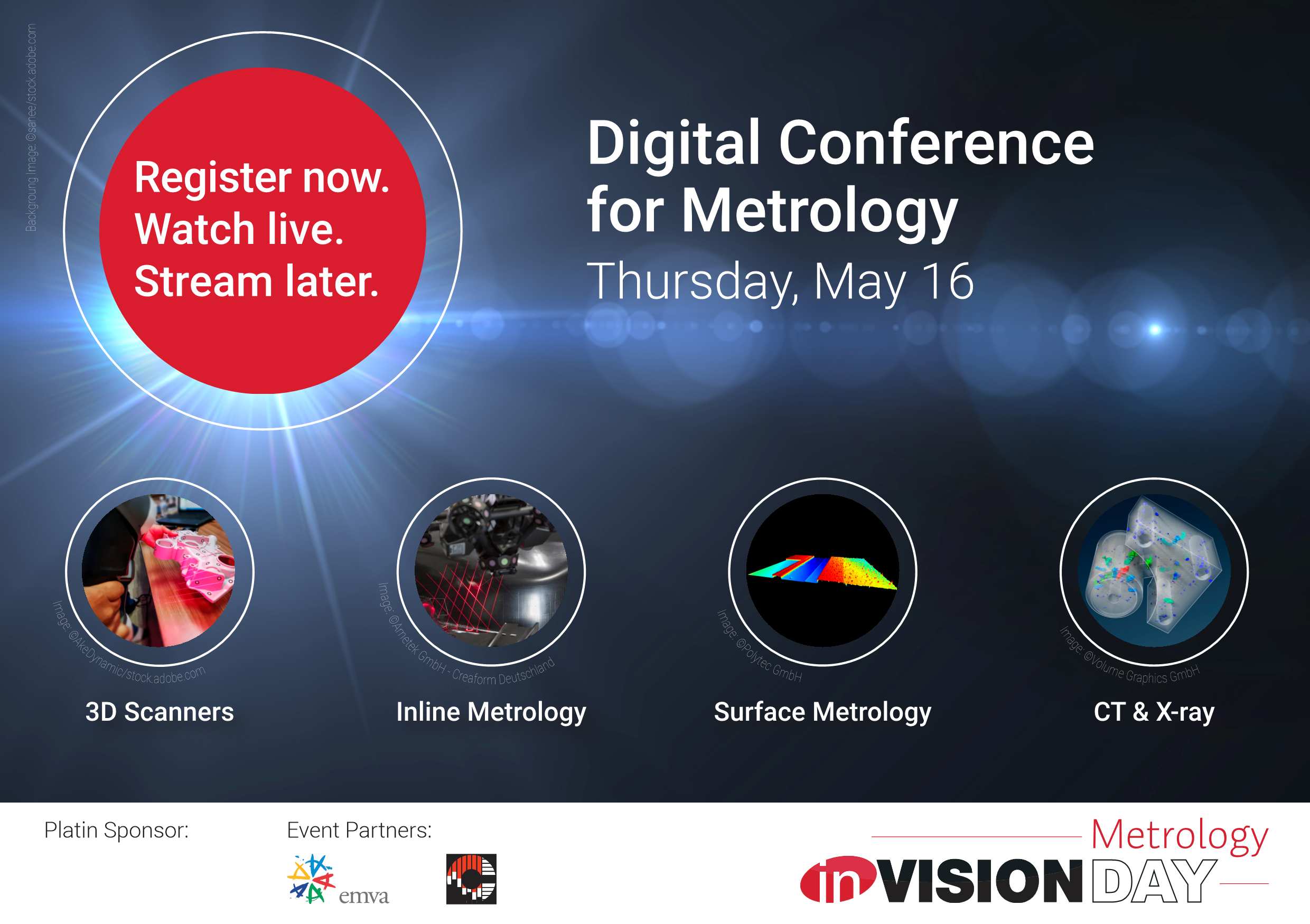Box dimensioning
New opportunities in intralogistics by ToF cameras
From warehouse to customer, intralogistics is dominated by a desire to achieve efficiency; efficiency in warehousing items, efficiency in routing items to their destination, efficiency in handling items throughout the process, and efficiency in transporting items between locations. Whilst innovative software is often used to find optimal routing, similar to the famous ‚travelling salesman‘ problem, each of the other aspects can successfully leverage the advantages provided by a new generation of dedicated cameras and sensors.
Recently developed time-of-flight cameras, such as the VS-1000 series, offer a number of unique advantages particularly suited to intralogistics solutions. These time-of-flight cameras (ToF) are capable of measuring both range, (the distance to each object in the scene), whilst also capturing a conventional intensity image of the scene at the same time. With the measurement of range comes the ability to measure the size or dimensions of objects. In the case of a typical intralogistics solution, the object is often a parcel or other cuboid object. In other, more complex cases, it is the minimum enclosing volume which is required; the so called ‚bounding-box‘. If the accurate dimensions of a parcel or object are known, increased optimization of further downstream operations is possible, such as the efficient packing of a pallet with parcels of many different sizes. It is exactly this type of optimization which drives efficiency throughout the whole intralogistics chain; for example a greater number of efficiently packed pallets can be transported on a single vehicle, and a machine readable map of the packing can be passed directly to a robotic depalletizing cell, providing useful input data to the next stage of materials handling, reducing both transport costs and handling time. An entire scene is imaged by a ToF camera in a single operational cycle, i.e. ’snapshot 3D‘ operation, and this means that the relative orientation of a parcel is not critical to the measurement; parcels can be measured for dimensions in any orientation. This is in contrast to some systems, such as ‚light-curtain‘ approaches, where actuation is required to move the object during measurement. With a ToF camera it is even possible to measure multiple parcels within the field-of-view, giving the possibility of high-throughput operation. This freedom in measurement can mean that, on the one hand, more simple infrastructure can be used during the design of intralogistics systems, or alternatively that dimensional measurements can be taken in less constrained sections of the overall process flow, giving greater flexibility in process design. Other features of the VS-1000 camera translate into specific benefits for intralogistics solutions. For example, the ability of the camera to capture high-quality monochrome intensity images, can allow for the capture and storage of images for verification and manifest purposes, as well as simple but powerful IO capability for synchronizing any internal operation of the camera with an external trigger, such as image capture or image transfer.
Helping the system integrator
3D vision applications within intralogistics are sometimes considered complex to implement, due to the unconstrained nature of the objects to be measured. However, much of this complexity can be traced to issues such as complex system calibration and low pixel resolution. The VS-1000 camera can capture images at 1.3 Megapixel resolutions, allowing for clear detection of sharp edges as well as the possibility to finely segment areas. Fine segmentation of the image can often prove critical during robust operation, where the ability to discard individual pixels returning invalid data or poor data without compromising the overall system measurement is a huge benefit. For example, low reflectivity areas, such as printed logos on parcels, can reduce the precision of a ToF measurement, however these areas can be simply extracted from the overall image and discarded from the measurement. As a convenience feature, each pixel directly returns a flag, indicating whether or not the last measurement was valid, which can be used in pre-processing operations to eliminate incorrect data whilst at the same time streamlining further processing functions. In order to provide support during integration activities, engineers at Odos Imaging have developed prototype solutions for exactly these types of flexible dimensioning application, providing readily available open source software to help address potentially complex issues such as camera and system calibration, parcel identification, and coordinate transforms. In the simplest cases, software is available which can allow the camera to be directly mounted above a measuring station and, after a one-time background calibration, directly output dimensions of cuboid objects placed within the field of view. A GigE Vision interface together with a GenICam compliant software interface ensure that the cameras are simple both to install and to integrate into existing process flows.












